A few days ago, the very first Apple Keynote of the year took place, at which we saw the presentation of several new Apple products. Just to recap, there were new green variants for the iPhone 13 (Pro), as well as the release of the third-generation iPhone SE, the fifth-generation iPad Air, the Mac Studio and the Apple Studio Display monitor. Above all, with Mac Studio and the new monitor, Apple really wiped our eyes, because we probably didn't expect the arrival of the M1 Ultra chip, for example. We cover all these products in our magazine and analyze them in detail so that you know absolutely everything about them.
It could be interest you
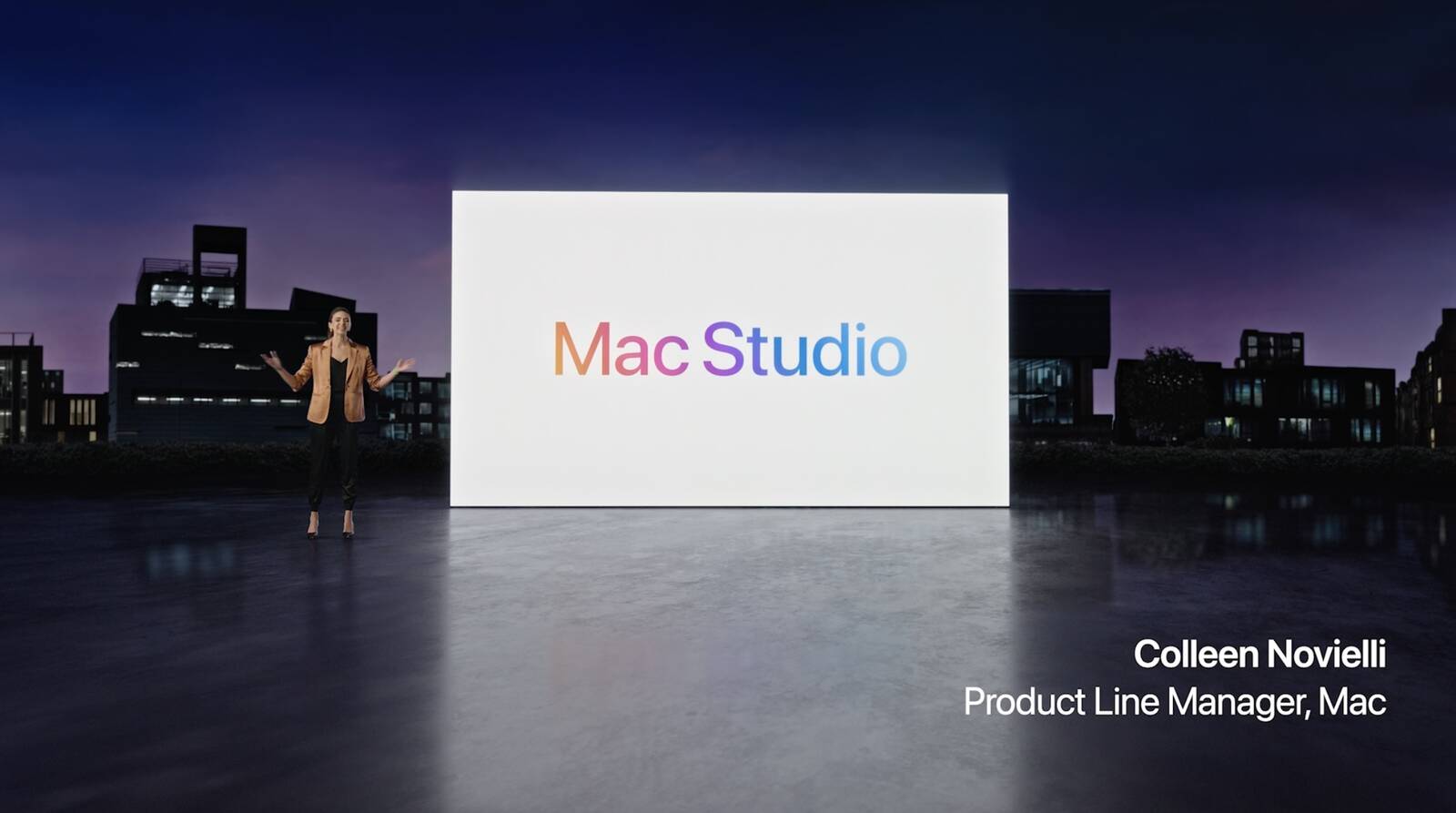
Old things are not new!
However, in this article, we will not fully focus on the functions, features and technologies that Apple has come up with in the new devices. Rather, I would like to think about how the presentations of some Apple products have been taking place recently, because I simply no longer like the way they are presented. Currently, for almost two years now, all Apple conferences have been held online only, due to the coronavirus pandemic. The Californian giant does not want to gather many journalists in the hall for safety and health reasons, which of course makes sense and is an understandable step. We have no choice but to hope that the world will return to normal soon, and with it Apple, and therefore its conferences.
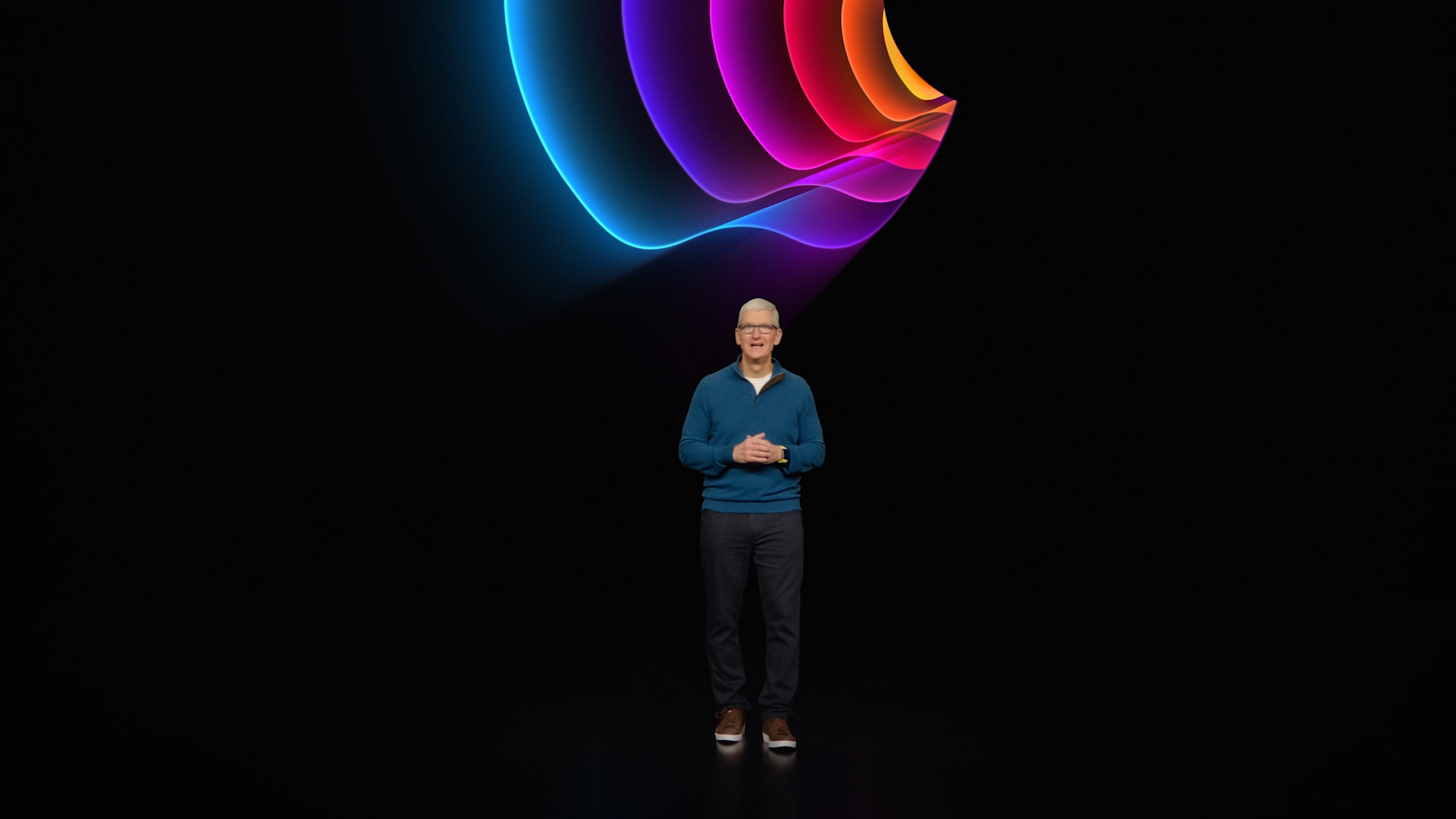
Coincidentally, around the time that Apple has been holding its conferences online only, I've started to notice one thing. Specifically, I remember starting to notice it when introducing new products after the release of iOS 13. It's that Apple has often started talking about "special and unique" features for some of the devices it introduces, but that doesn't come with the product itself , but are part of the operating system as such and are thus also available for older devices. An uninitiated Apple fan may then find that the new product offers countless new and unique features, which they may be excited about and want to switch to. But in reality, even one, two or three-year-old devices from the same product family can handle these functions. In addition, he also often talks about technologies and features, which he again presents as new, but are several years old.
It could be interest you
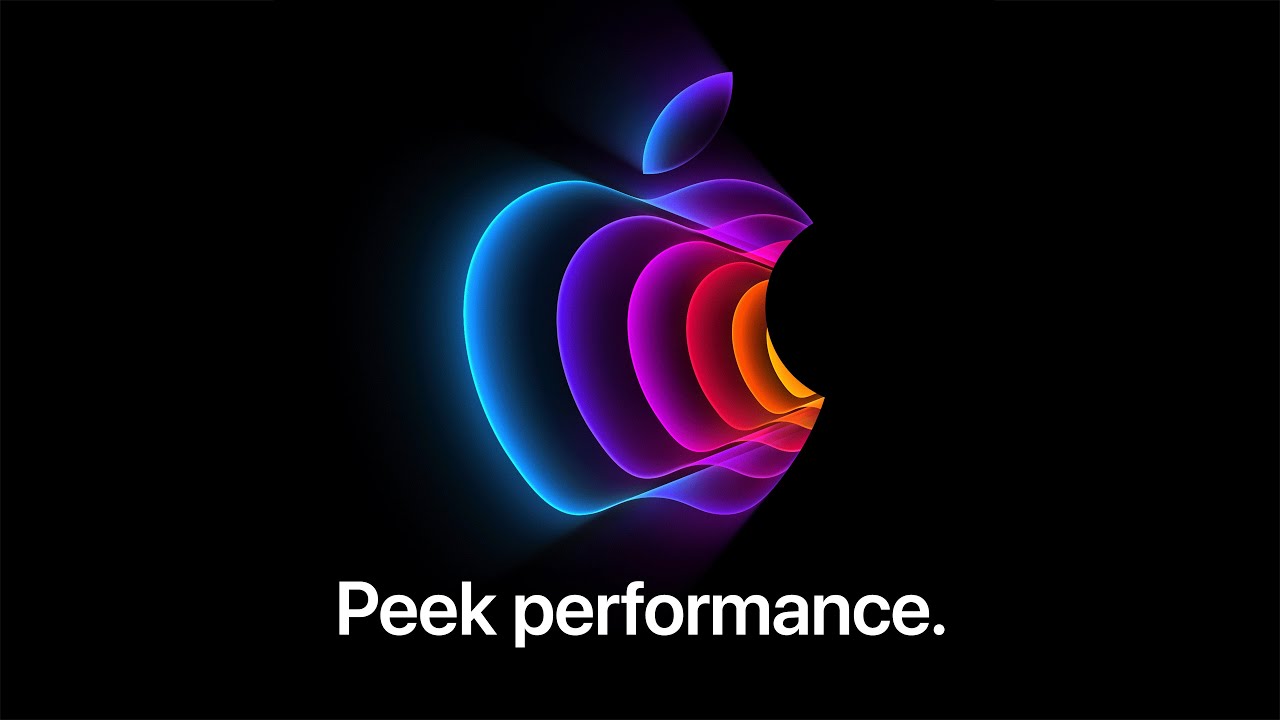
We could also notice this at the last Keynote
For example, the last time we could notice this was just a few days ago, when the iPhone SE 3 was introduced. To be honest, this phone is a complete disappointment for me, because compared to the second generation, Apple only came with a more powerful chip, 5G support and minimal change color variants. I think that the third-generation iPhone SE should have offered much more, since you have no chance to tell the third and second generations apart. Users would definitely be pleased with, for example, the arrival of MagSafe, which continues to expand more and more every year, or a better rear camera, a change in design or anything else. The iPhone SE 3 simply looks like a five-year-old iPhone 8, which is pathetic in this day and age, given the competition's devices.
Of course, Apple somehow still has to "coax" customers into buying the third-generation iPhone SE. And considering that it would take about fifteen seconds to list the three changes that the third generation of this phone comes with, the Californian giant simply had to stretch the show in some way to keep inexperienced viewers interested. For example, it was the introduction of the Focus mode, the new version of the Maps application, the Live Text function, dictation and using Siri directly on the device, which are iOS functions, in addition, it also presented Touch ID and other similar functions that we know from the second generation. However, we could notice the same behavior even more with the iPad Air of the fifth generation, when Apple boasted, for example, SharePlay, quick notes or the new version of iMovie. And it was the same in the case of previous conferences.
Each device has the same performance time
If you look at the timeline of the last Apple Keynote, you can see that Apple tries to give each device the same amount of time, roughly 10 minutes, which is the whole problem. Both the "new" iPhone SE of the third generation and the brutally powerful and interesting Mac Studio computer will get the same presentation time. I think that Apple would definitely do better if it cut the introduction of uninteresting products and devoted the time gained to the highlights of the evening. For example, the presentation of Mac Studio felt relatively truncated and could definitely have been extended, perhaps by just a few minutes. In this situation, I think the Mac Studio is much more important than the XNUMXrd generation iPhone SE. I feel that a few years ago, when conferences were still held together with the participation of physical participants, this artificial stretching did not happen. Perhaps precisely because the audience might react negatively. I strongly believe that it won't be long before we see the same style of presentations back as we did a few years ago. What is your opinion on the current Apple Keynote? Do you like it or not? Let us know in the comments.

 Adam Kos
Adam Kos 


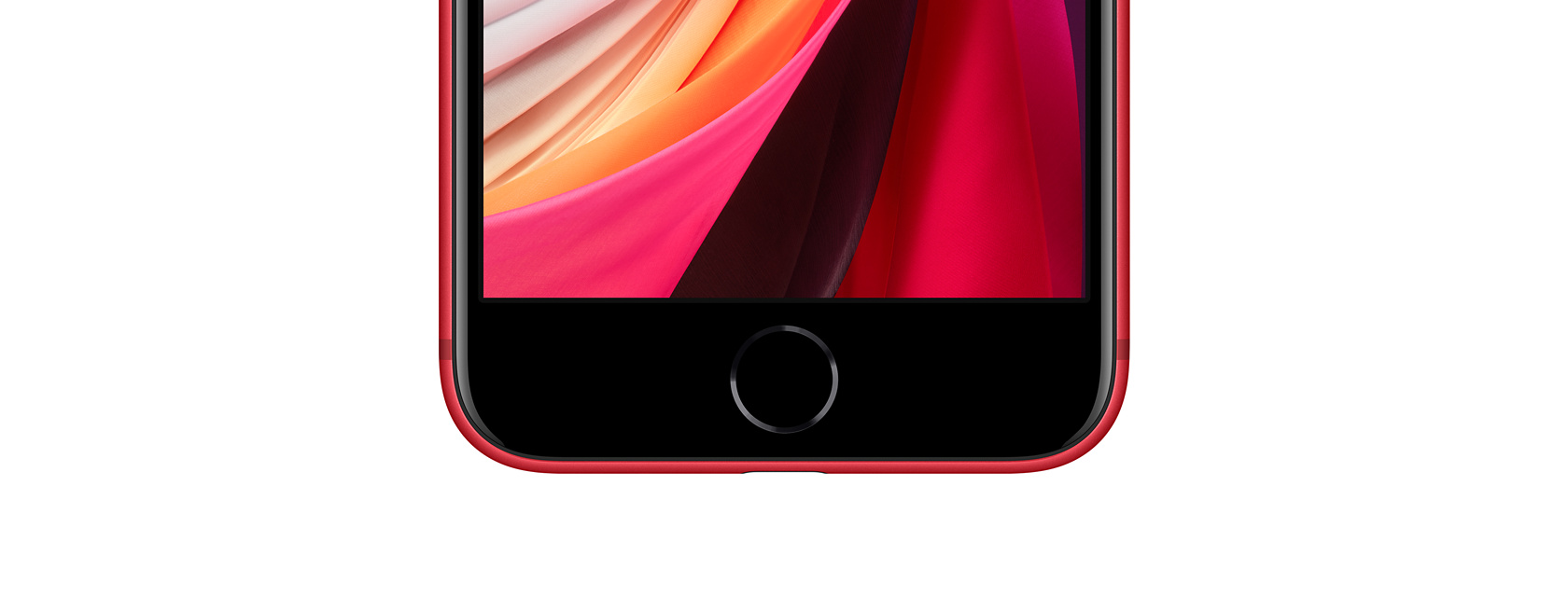
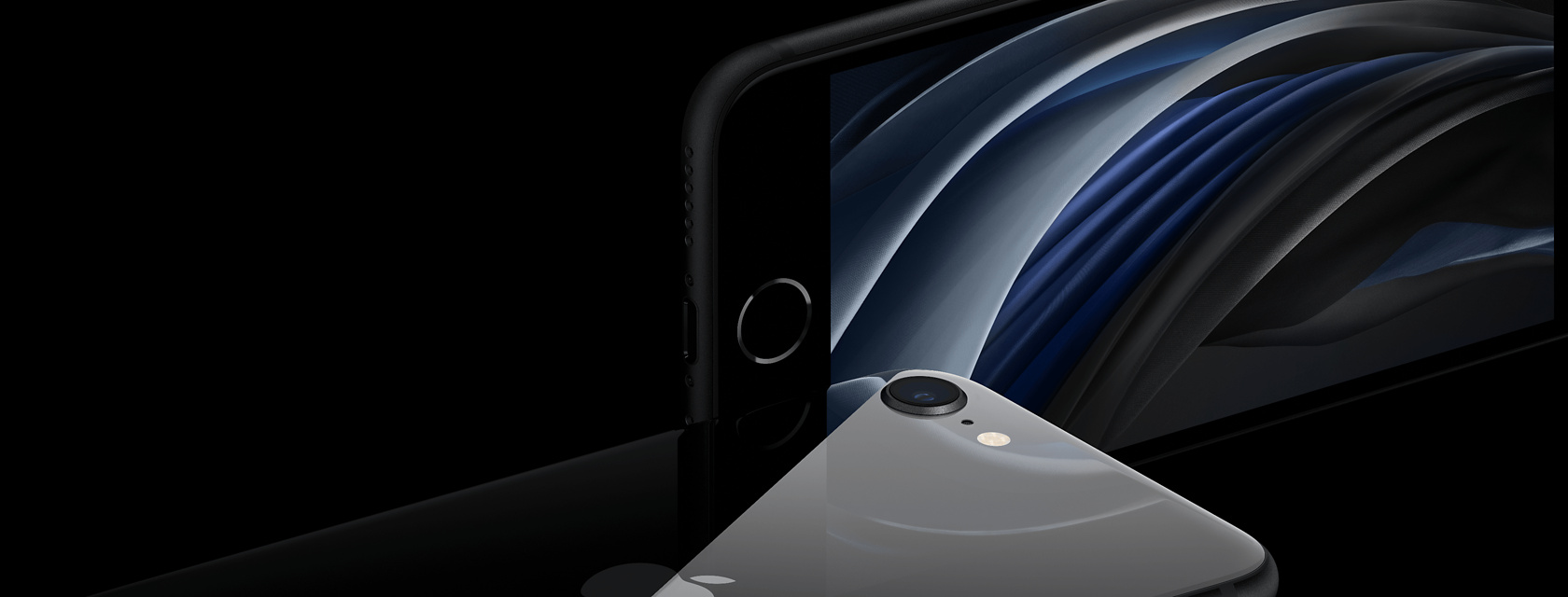


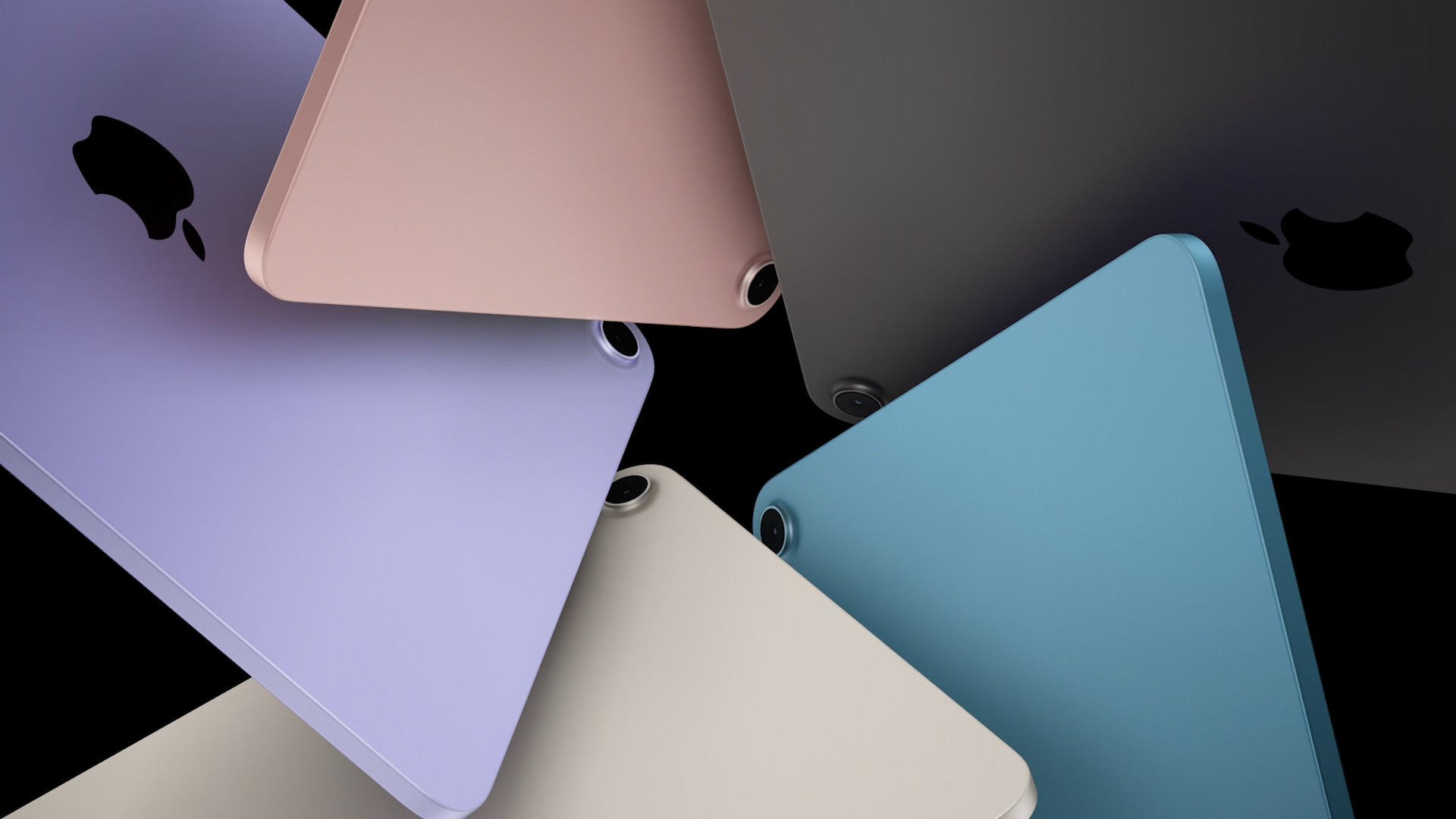

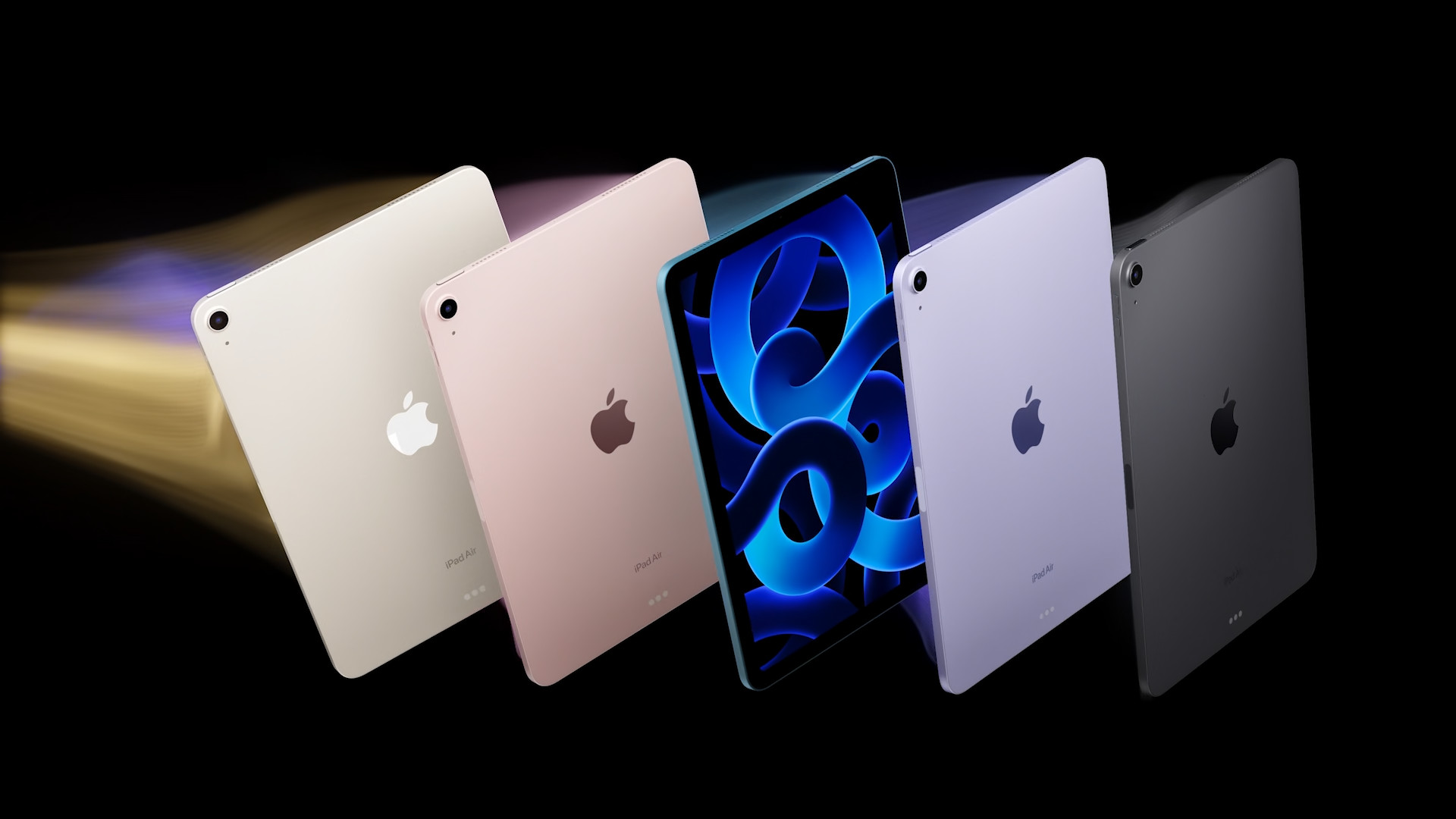
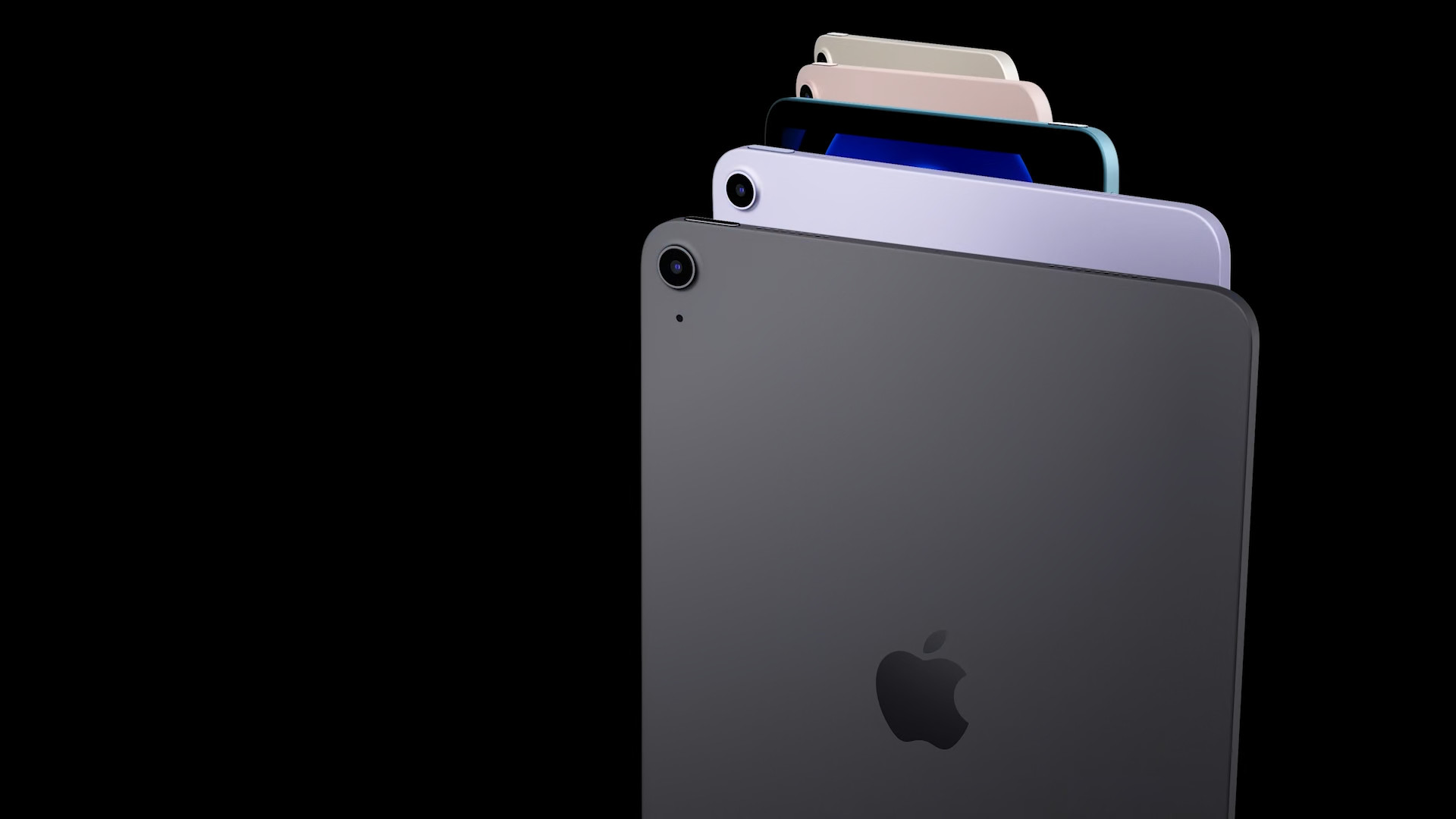
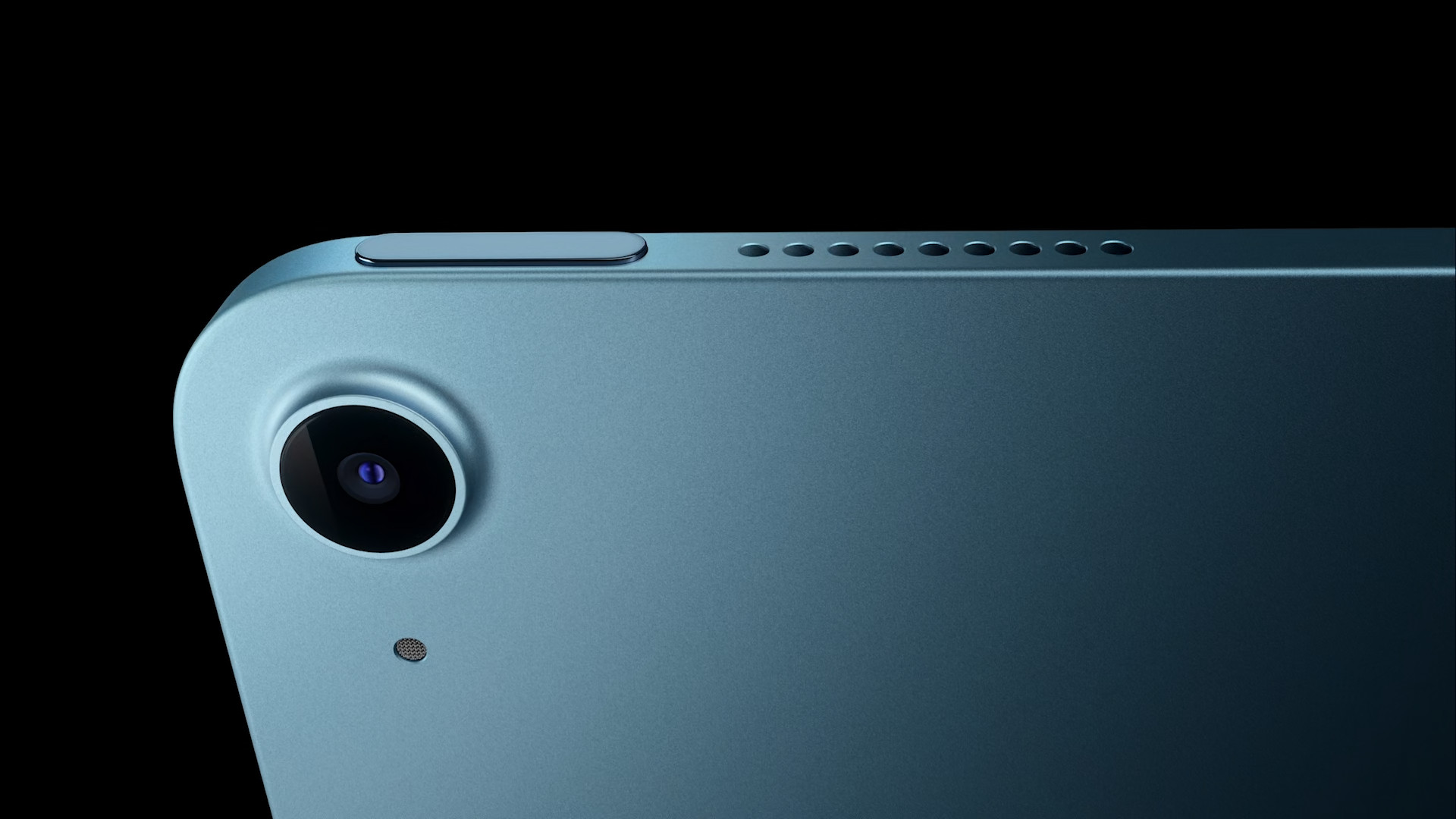
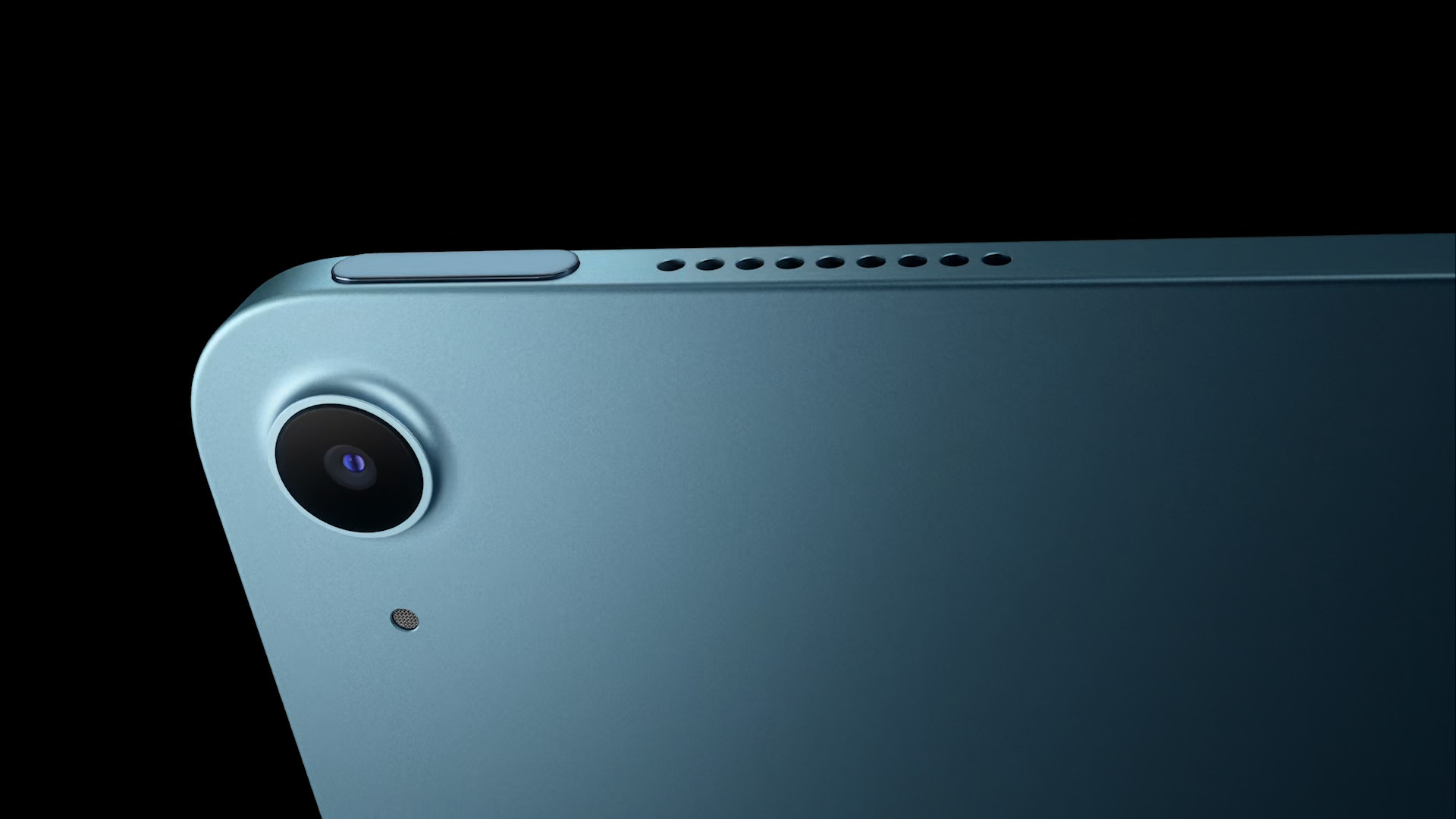

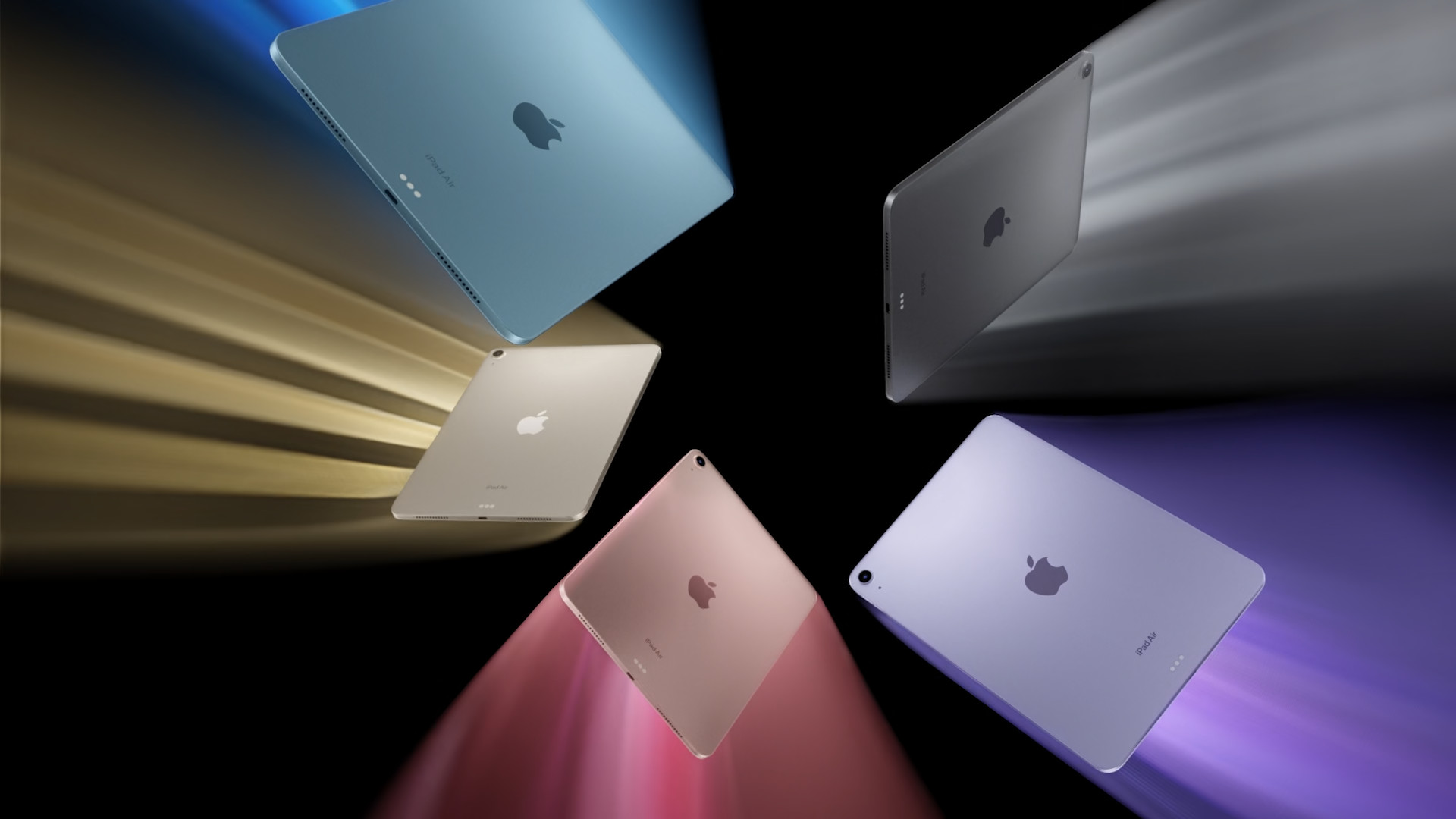
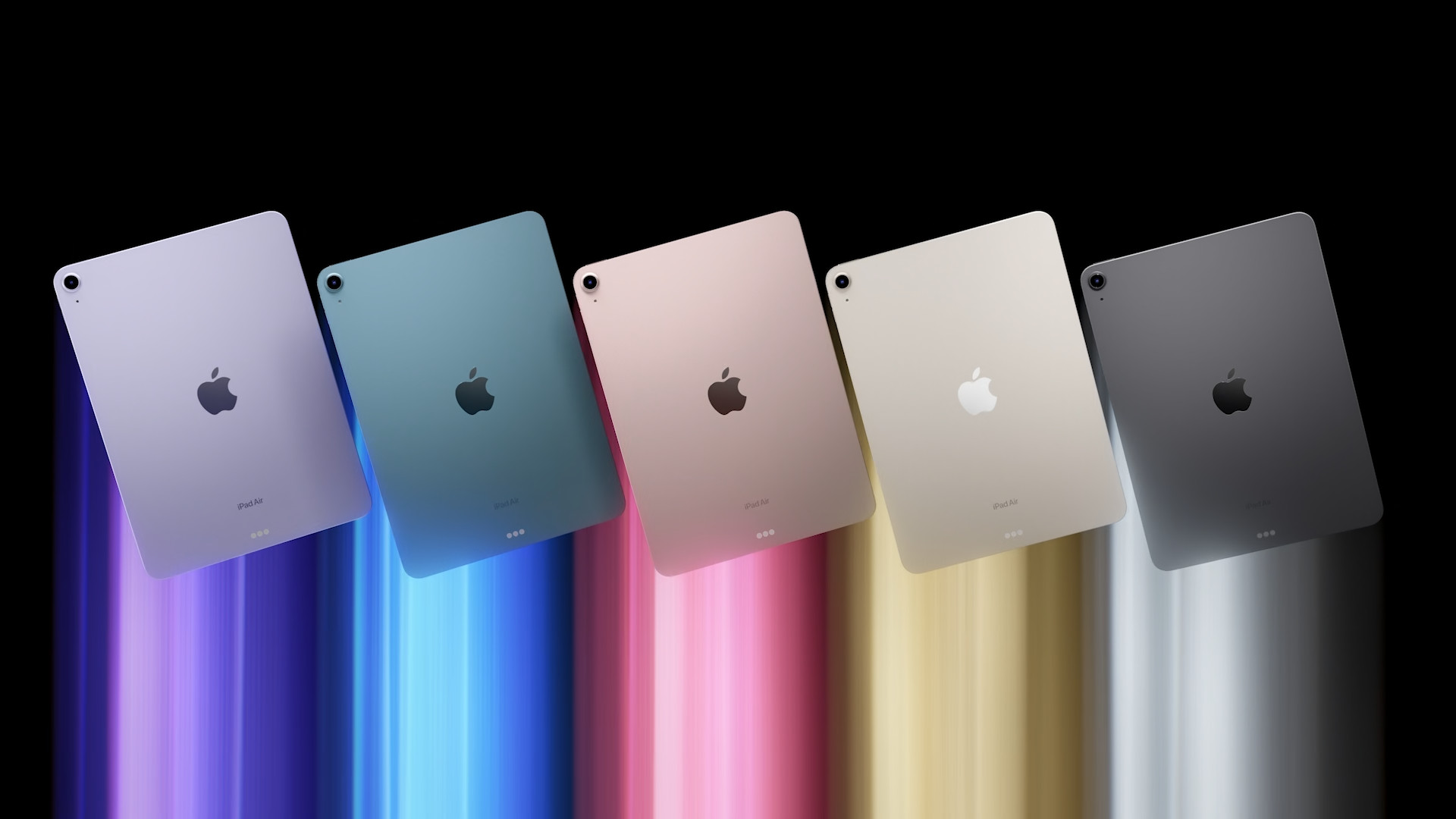
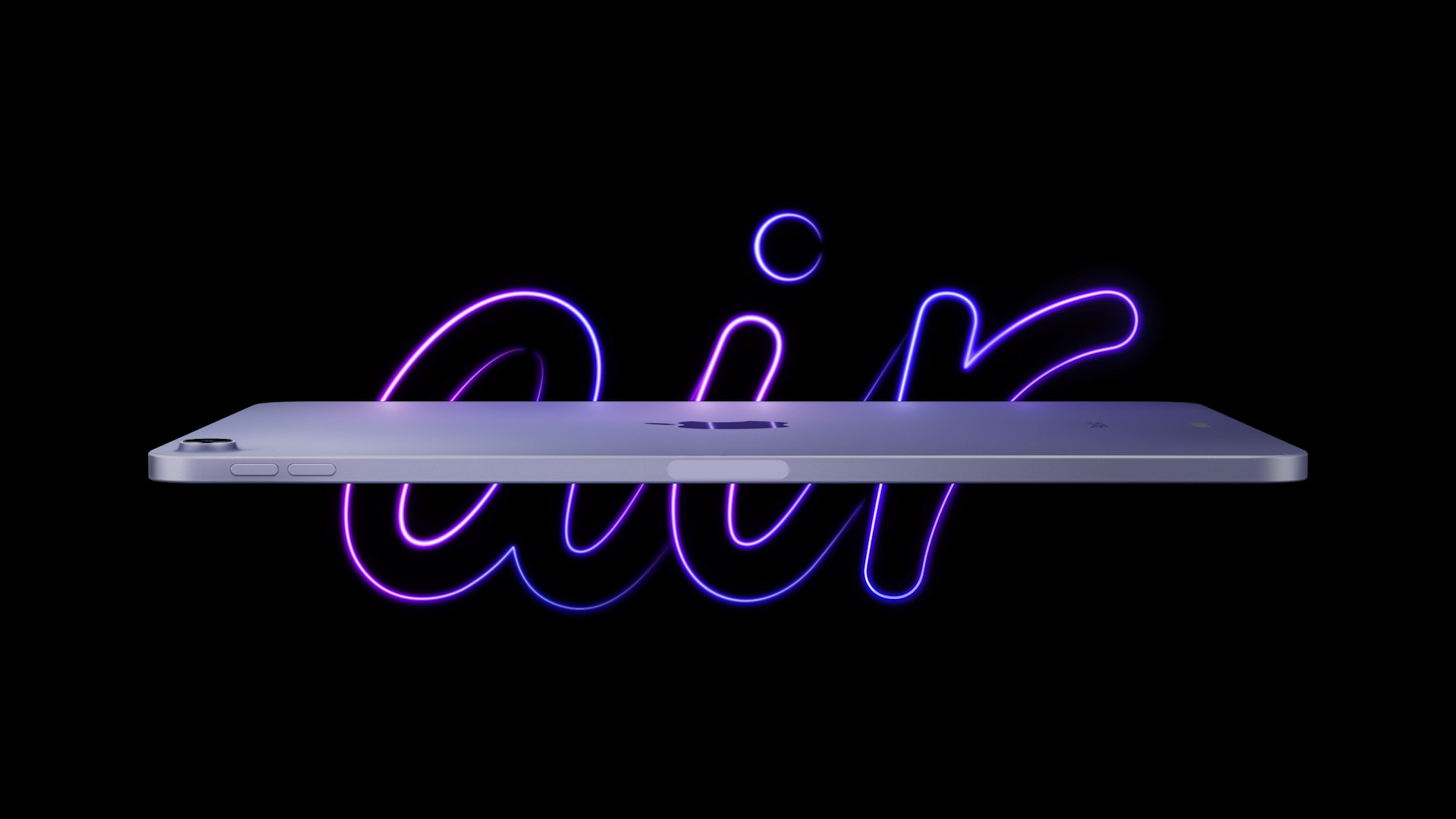
So I like the Red one more. That's about all that can be said about such useless work.
Well, hey, I don't really enjoy the conferences of the last couple of years... And it's true that as long as the hall was full, they had a different charge thanks to the various cheers, etc. Now that I'm releasing SEcko with a better chip, there's nothing to discuss about it, which probably wouldn't really arouse any enthusiasm in the hall.. So for me, I agree with the opinion in the article.. :)
the best was the surprise of the crowd when they announced the price for the xdr display stand $999 :D
Well, those were the TIMES, even the WHEELS :o)
100% AGREE :)